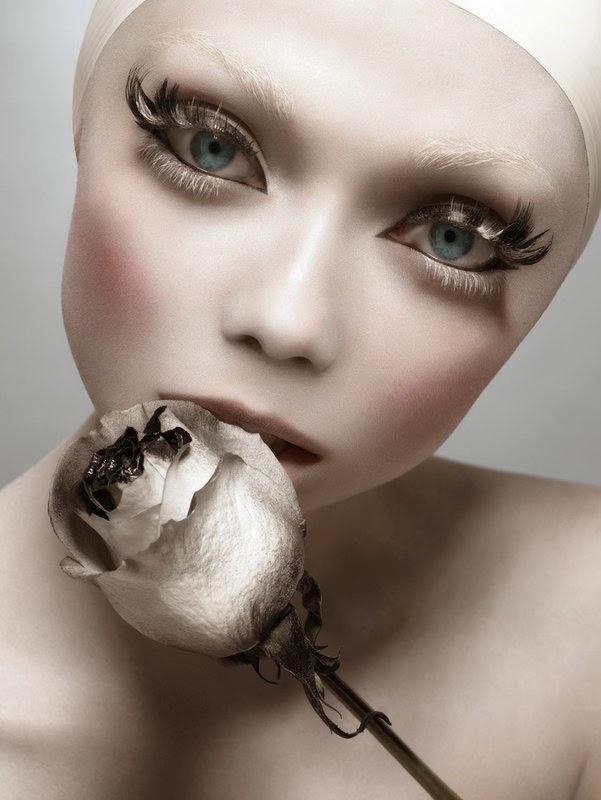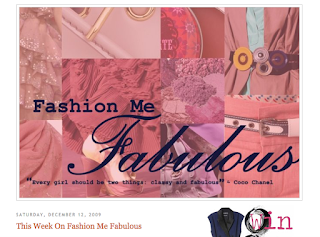Dressing Your Hips
In case you have stumbled upon this post via a search for "dressing a square shape" please know this is not the post you're looking for. Here at Fashion Me Fabulous, we're not interested in making various beautiful bodies all look like hourglasses. We embrace what we are, and this post is about emphasizing and exaggerating what you have, your supposed "flaws". Of course, if you're set on being an hourglass, you can view this as what not to wear for your shape, but this pear will stick with her bubble skirts, thank you very much.
Here are some fashion tips from history to help you dress your hips no matter what end of the spectrum they're on.
Eighteenth century style was epitomized by the French court, especially ill-fated Marie Antoinette. No doubt the queen of France had the biggest skirts in the world. The hips weren't just widened with panniers; the skirt was used as a canvas for excess. For a similar look in theme, widen the hips with a peplum or bubble, and wear equally bold pieces the entire way down the leg.
The Victorians also wore wide skirts, but rather than buy a hoop skirt, achieve the visual with horizontal stripes.
Later, the Victorians drew attention to the back by gathering material into a bustle. Many modern skirts come with such details, and if you want to go all out, you can create extra derriere detail with the addition of bow and flower pins. The bow on the skirt below is for the front, but it can be turned around.
Dior's New Look, the symbol of 1950s style, was born from his love of Victorian fashion. Rather than dressing like you're from a period movie (which we trust you already know how to do), bring the undergarments to the fore. Pair a tutu with a structured top for an edgy look.
On the opposite end of the spectrum was the slim hipped flapper. One of the era's most common ways to highlight the hips was with a drop waist.
If a drop waist isn't your thing, wear a hip belt or decorate that area of your clothing with pins.
In the upcoming weeks, expect posts using lessons from fashion history for dressing the waist and bust.
Here are some fashion tips from history to help you dress your hips no matter what end of the spectrum they're on.
Eighteenth century style was epitomized by the French court, especially ill-fated Marie Antoinette. No doubt the queen of France had the biggest skirts in the world. The hips weren't just widened with panniers; the skirt was used as a canvas for excess. For a similar look in theme, widen the hips with a peplum or bubble, and wear equally bold pieces the entire way down the leg.
The Victorians also wore wide skirts, but rather than buy a hoop skirt, achieve the visual with horizontal stripes.
Later, the Victorians drew attention to the back by gathering material into a bustle. Many modern skirts come with such details, and if you want to go all out, you can create extra derriere detail with the addition of bow and flower pins. The bow on the skirt below is for the front, but it can be turned around.
On the opposite end of the spectrum was the slim hipped flapper. One of the era's most common ways to highlight the hips was with a drop waist.
In the upcoming weeks, expect posts using lessons from fashion history for dressing the waist and bust.









Comments